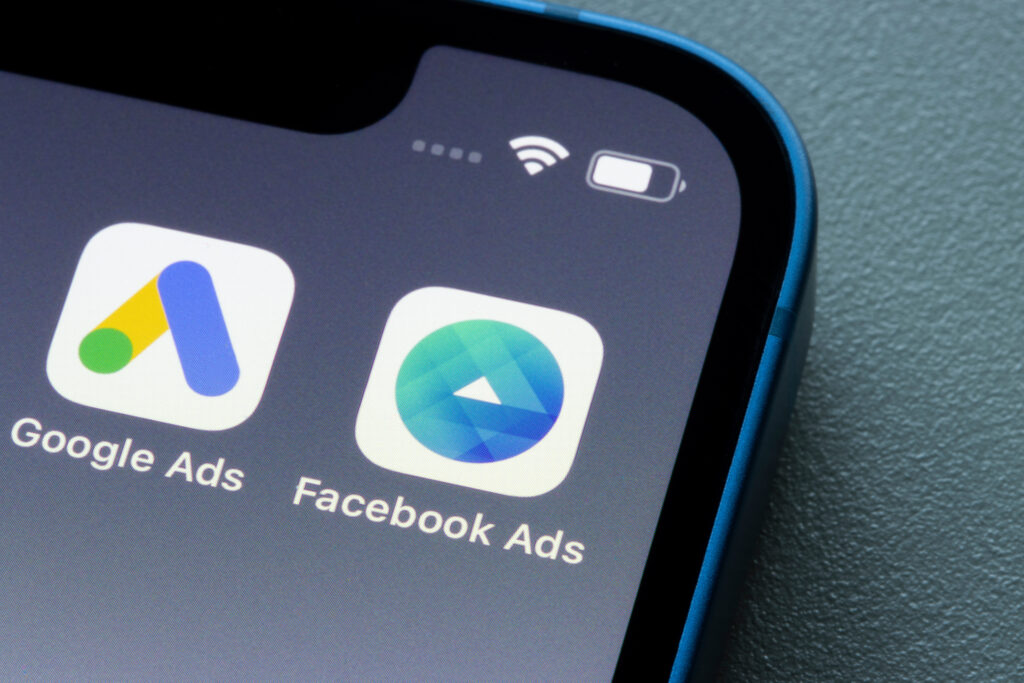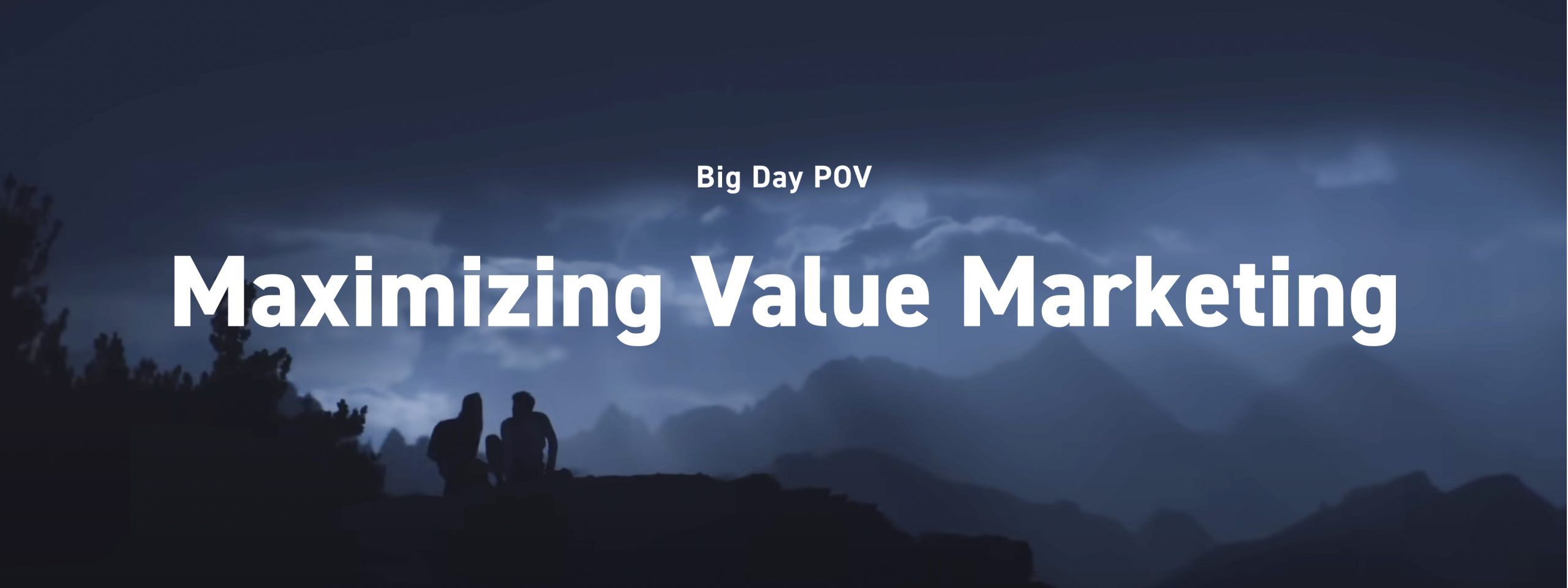BY PETER SAYN-WITTGENSTEIN, PUBLISHED DECEMBER 20, 2022 ON TRANSFORM MAGAZINE
No one needs to be told today that consumer wallets are stressed. Inflation is running high, interest rates are rising, and a recent survey by the National Association for Business Economics found that more than half of US economists believe that the US is headed into a recession in the next 12 months.
If you are a brand that primarily sells direct to consumer (DTC), this could put you on high alert. With a business model that relies heavily on customer acquisition and limited marketing channels, even a slight drop in consumer spending can pose a threat. Worse still, no one is exactly sure what a successful recession playbook looks like for DTC brands. The last major downturn happened in 2008/9, long before DTC-friendly platforms like Instagram went mainstream.
The market certainly reflects the uncertainty, with DTC stocks like Stitchfix, Blue Apron, and Warby Parker at historic lows. While each of these companies has its own unique issues, the rocky road that’s probably ahead isn’t doing them any favors.
Still, DTC brands shouldn’t hit the panic button just yet. In the first place, downturns typically don’t last long. According to Kiplinger, the average recession since World War II has only been 11.1 months long. Brands that manage to stay the course should view tough times as an opportunity to come out stronger than before.
In addition, they have plenty of ways to maximize their chances. If you’re looking to do more than survive the coming recession, here at some things to consider:
Stay the course on advertising.
While it may seem counter intuitive to keep up your spending levels, it’s imperative for DTC brands to maintain visibility during a crisis. A recent article by Kantar lays out the case, showing that the average short-term sales lift from advertising is 4.5%, meaning that if you rely on two major campaigns a year, you’ll lose 9% of your revenue. A Metrilo study also found that DTC loyalty is only around 28% on average (vs. 50% for CPG brands, according to Kantar), making it imperative for them to stay visible and keep adding customers.
Fish in other ponds.
Most DTC brands concentrate their ad spending in a few channels. As smaller players, they become adept and innovative advertisers on one of two platforms, such as Instagram, TikTok, and Amazon. As other brands drop their advertising, the cost of entry into new platforms will also likely fall. This gives you an opportunity to diversify your outreach to an entirely new customer set. A particularly promising idea is to go from a pure social media play to addressable TV, where you can connect with consumers in a more robust and intimate way.
Get creative with bundles.
Dropping prices is never a smart strategy because it conditions customers to pay less for your products and services. But you can still lower the cost of entry for your brand, which is vital for attracting new customers with less spending power. Your nine-piece knife set can easily become three or four. You can bundle, cross-promote, and also repackage your products to meet consumers where their wallets are today.
Reward loyalty.
Repeat customers are always the best customers, but just how valuable they are may surprise you. The same Metrilo study cited above found that loyal customers account for 60% of DTC sales on average. In some categories, like pet products and high-performance clothing, the rate is even higher. So, either develop or lean heavily on your loyalty program during the current climate. Communicate often, offer incentives and rewards more quickly, and be sure customers know where and how to purchase your products.
Perhaps we’ll get lucky, and the recession will fail to materialize (the most recent positive jobs report was encouraging). But whatever happens, DTC brands should enter this period with a laser focus on their present and future customers. The ones that plan for the recovery will do much better than those that prepare for disaster.







